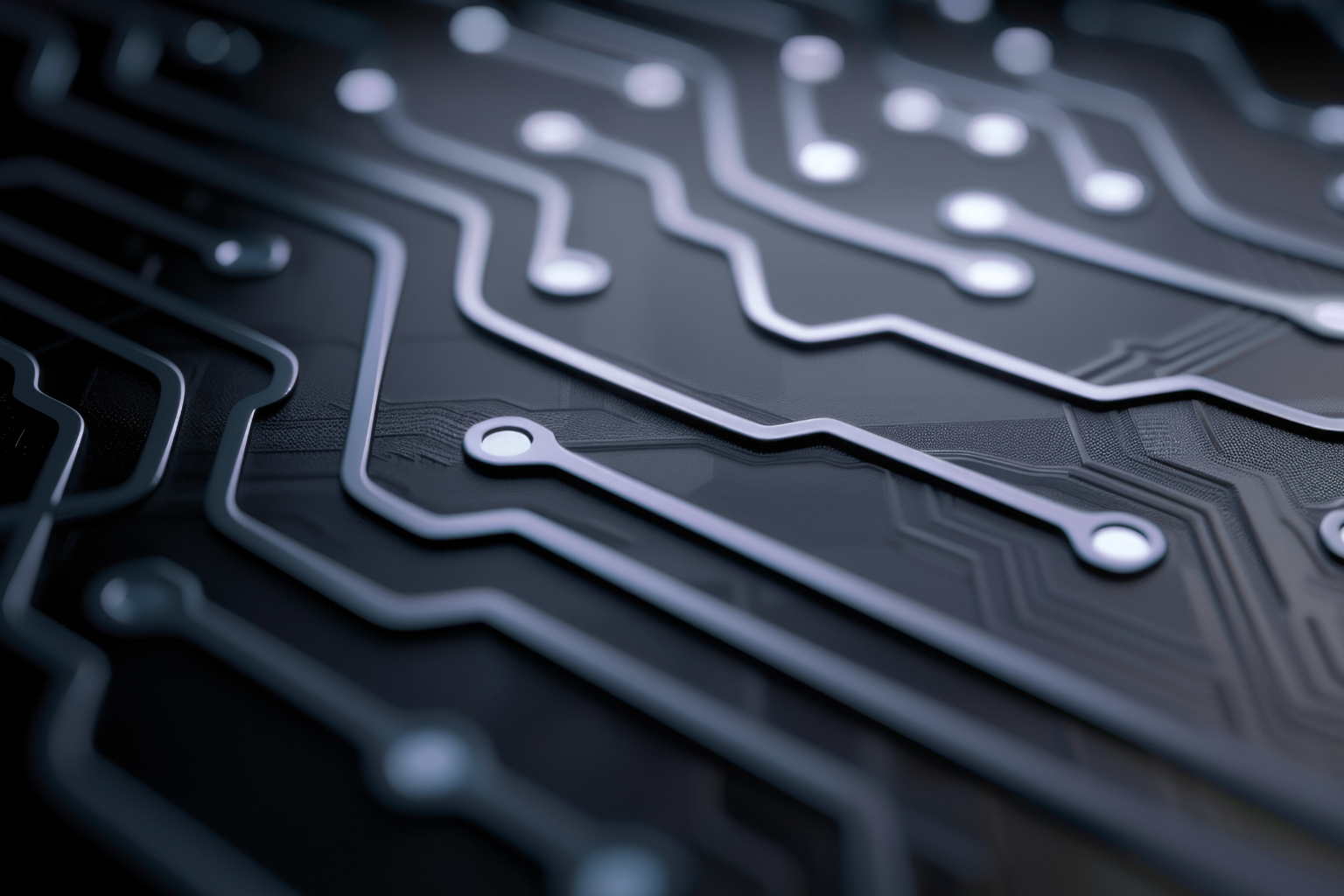Generative AI is accelerating embedded C/C++ development, helping engineers quickly scaffold functions, automate boilerplate, and create test harnesses. But in real-time systems, functional code isn’t enough: CPU overload, inefficient memory use, or unoptimized loops can break deadlines, introduce jitter, or drain batteries. This article explores the hidden performance gap in AI-generated code and shows how hardware-aware analysis and optimization can ensure AI-assisted development produces high-performance, deterministic, and energy-efficient embedded software.
Why “working code” isn’t always efficient code
Generative AI tools such as GitHub Copilot, Tabnine, and domain-specific AI assistants have simplified embedded C/C++ coding for microcontrollers and real-time operating systems. However, in real-time systems, functional correctness alone is insufficient.
Real-time constraints matter:
• CPU overload can cause missed deadlines.
• Inefficient loops can introduce jitter.
• Excessive energy consumption may drain batteries or overheat components.
→ In embedded systems, every cycle, byte, and microamp counts (click here to learn more 🔗)
Even code that passes compilation and unit tests can hide these issues if it doesn’t respect the target hardware’s limitations. For example, AI-generated CAN bus routines may look correct but can use polling loops instead of interrupts, impacting CPU load and timing predictability.
Typical sources of inefficiency in AI-generated embedded code
1. Redundant computations
AI models often generate extra variable initializations, bounds checks, or duplicate function calls for safety. These increase stack usage and reduce instruction-cache efficiency.
2. Non-optimal data structures
Generic AI outputs often use high-level constructs like std::vector or dynamic allocation rather than static buffers, leading to unpredictable allocation times, heap fragmentation, and higher memory overhead.
3. Inefficient branching and loops
Without hardware awareness, AI cannot align branch prediction or loop unrolling to a target MCU’s pipeline depth.
Result: pipeline stalls and extra cycles per iteration.
4. Missed compiler optimization opportunities
AI-generated code may omit or conflict with compiler annotations such as inline, constexpr, or restrict. This can lead to suboptimal inlining or poor register allocation, especially with aggressive optimization flags (-O2, -O3).
5. Unawareness of hardware features
AI models ignore target-specific accelerators (FPU, SIMD, DMA, co-processors).
Manual refactoring is often required to exploit these resources efficiently.
👉🏻 Read more on AI code inefficiency in embedded systems
How to detect performance debt
1. Profiling at the MCU level
Use instruction-accurate profilers or ETM (Embedded Trace Macrocell) to capture execution traces that allow you to compute:
- Function-level CPU load
- Interrupt latency
- Execution cycles per ISR
2. Memory usage analysis
AI-generated code may overuse global variables or create inefficient data-access patterns, increasing memory traffic and execution delays. Developers can use hardware performance counters to identify:
- High-latency memory access
- Inefficient load/store patterns
- Excessive memory consumption
3. Static analysis for safety and complexity
Combine rule-based analysis (MISRA C:2012, CERT C) with cyclomatic complexity metrics to identify AI-generated code that is syntactically correct but functionally suboptimal.
From AI code to optimized code — the right workflow
The future of embedded AI development isn’t about choosing between AI and manual coding — it’s about integrating them intelligently.
1. Generate
Leverage AI for scaffolding, boilerplate, and test creation. Prioritize speed and coverage.
2. Analyze
Perform static and dynamic analysis to detect inefficiencies, including memory footprint, energy impact, and execution timing.
3. Optimize
Apply automatic optimization frameworks that rewrite inefficient C/C++ patterns and adapt them to the target MCU architecture.
4. Validate
Deploy and benchmark on real hardware to ensure deterministic behavior under real-time conditions.
The role of hardware-aware optimization: where beLow closes the gap
AI code generation focuses on what the code should do, not how efficiently it runs on real hardware. beLow fills this missing piece by analyzing instruction-level execution, memory behavior, and CPU load directly from the compiled embedded C/C++ code.
Across automotive ECUs, aerospace flight computers, or industrial robotics controllers, beLow uncovers hidden inefficiencies and highlights the precise sections of code that impact timing, determinism, or energy usage. It then provides actionable optimization paths that fit seamlessly into the existing workflow, no architecture changes, no refactoring mandates.
By profiling, analyzing, and guiding the optimization of AI-generated code, beLow ensures that what AI produces actually meets the performance constraints of embedded systems, bridging the gap between “functionally correct” and “hardware-efficient.”
👉🏻 Read more on AI + hardware-aware optimization synergy
Conclusion
AI accelerates embedded software development, but efficiency and determinism remain critical. Functional code is only part of the story; performance debt in CPU, memory, and energy can compromise real-time systems.
The modern workflow integrates AI code generation with hardware-aware analysis and optimization tools, ensuring AI-assisted code meets stringent performance, reliability, and energy standards.


.svg)





.svg)